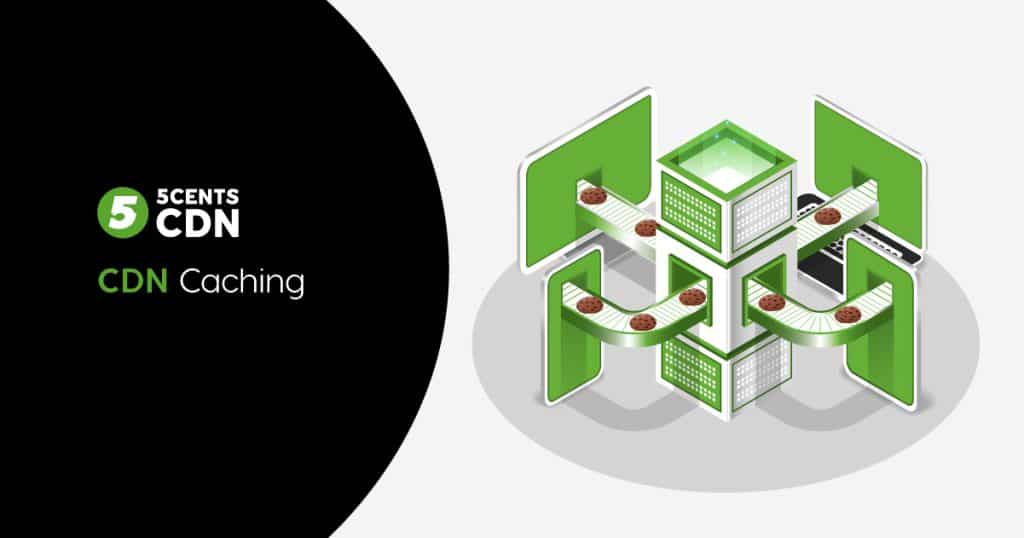
How exhausting and time-consuming would it be to request the server for a certain image or a piece of information every time that has already been provided a number of times? Wouldn’t it be convenient and efficient if the system could make predictions and kept your earlier data saved on the server? Caching basically means data storage technology that stores information for future requests. That makes the whole process much faster as compared to the traditional method in which data is accessed via primary storage location.
The data is saved temporarily in these locations for servers, software, and browsers to let users access it without having to download it every time. As far as the content delivery networks are concerned, they use caching to reduce latency and speed up the overall browsing experience for a user.
How does caching work?
Once a user visits a website or browses a web page, the data, which is also called cookies, are stored high up in a computer’s memory. The data is actually stored in multiple layers; primary and secondary. TTL (time to live) means an indication for how long the data needs to be cached, when does it expire or how long till the hard drive cache space is all filled up? The caching has revolutionized the browsing experience in a way that the latency is reduced and the bandwidth usage has lowered a lot. However, it can only store small amounts of files that are smaller in size as well such as images and text.
CDN caching
Similar to cache, a content delivery network, caches content i.e. overall webpages in proxy servers that are located at the middle point of end users’ location and the origin servers. These servers are strategically placed closer to the users who make the certain request, hence a CDN is able to deliver content much faster and in an efficient way. The cache is divided into blocks that are also known as lines. Information is saved into cache when a certain web page is loaded for the first time, however, for the next time, pages are leaded much faster as the cache is read. For example, big fashion brands have their outlets all across the world so the shoppers can buy their favorite stuff from the one that’s closest to their location.
Cache hit vs cache miss
Data is saved in levels or layers within cache i.e L1, L2, L3, and so on. When it receives a request to fetch the data, L1 becomes active but if required information is not found there, more search in L2 or L3 is conducted. The faster the data is found in the cache, the shorter the loading time will be which is why data from L4 takes much longer to load as compared to L1.
Cache Hit and Miss are two elements that are involved in the process of retrieving the data.
Cache Hit
Well, the name gives it away. When the contents are found in the first attempt from the cache and are successfully served, that’s called a cache hit. There are certain names given to this method such as hot cache, cold or warm cache. They all describe the speed at which the information is retrieved.
When data is retrieved from L1, the loading time is shortest hence called hot cache. Warm is described as somewhat medium. When the data is read from L2 or L3 and it takes a longer loading time as compared to L1, that’s when you call it warm caching. And cold caching is the slowest rate of reading data which happens in L4 or lower layers.
Cache Miss
Cache miss simply refers to an incident when a request is made to the server to lookup certain information but it is not found in the cache. In such a situation, the data is written into the cache for the future.
5centsCDN caching
Cache efficiency depends on the number of viewers. If viewers increase, the Cache efficiency increases automatically. It basically means the content will deliver from the CDN edge server. If viewers are limited, the contents won’t cache in the edge server and will deliver from the origin server.
As far as the data being on the edge server is concerned, if the file is not being requested for 18 hours, it would get purged from the servers. And 5centsCDN does not charge the customer for cached data on the Edge serve.